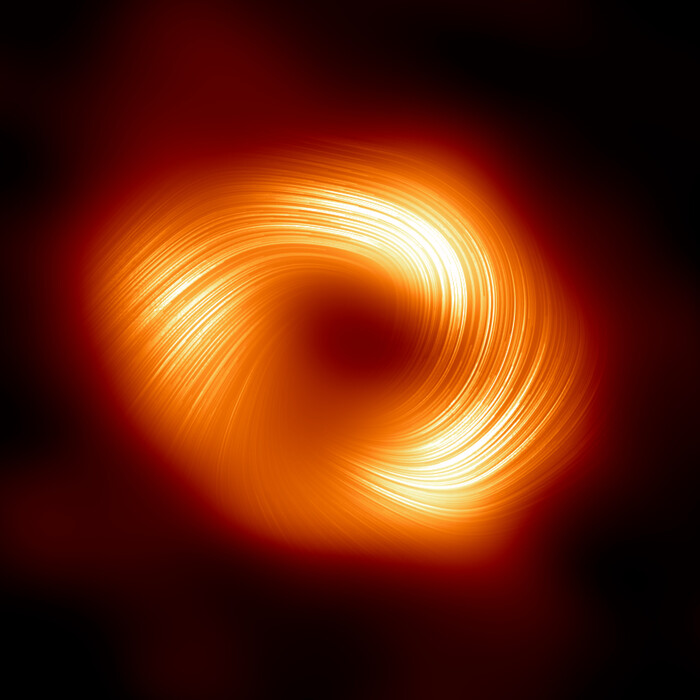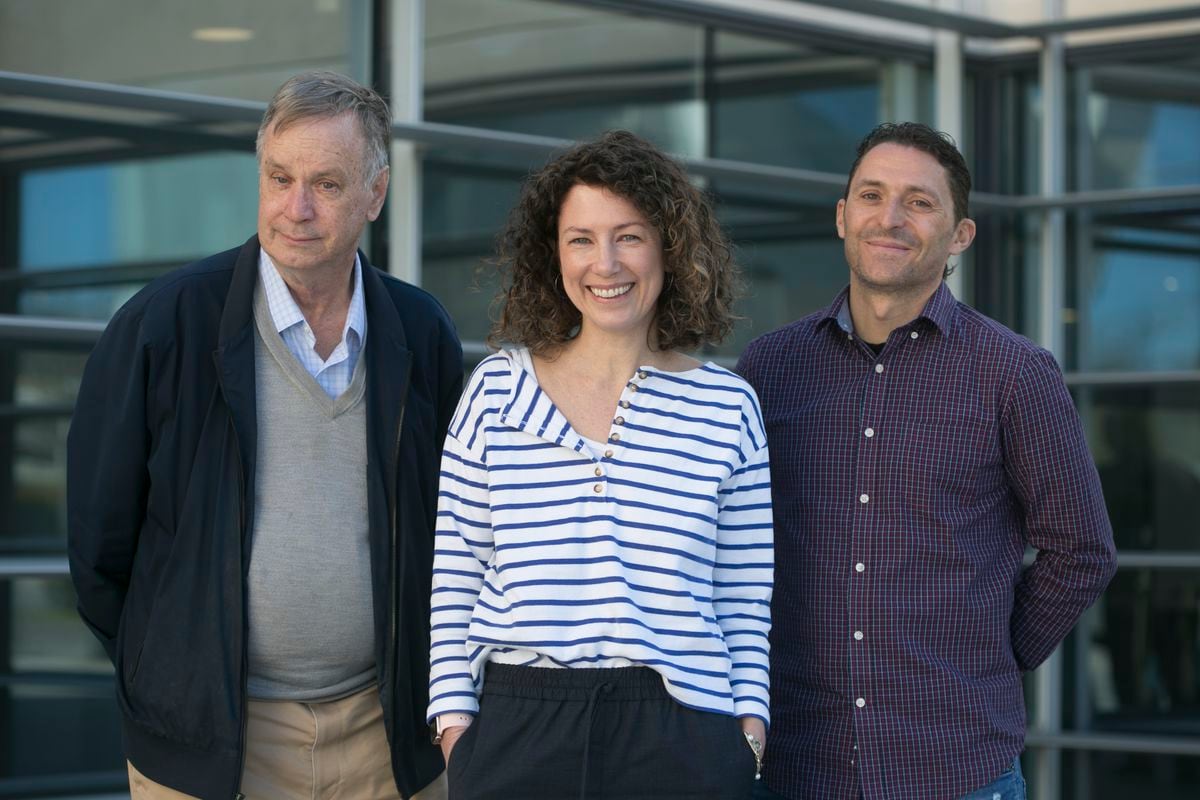It is the first time that the powerful jet of matter ejected from a supermassive black hole has been observed live.
This unprecedented cosmic phenomenon occurred in the center of the galaxy Messier 87 (M87), located 55 million light-years away in our galactic neighborhood, and was captured in 2018. This black hole achieved worldwide fame by becoming the first to be photographed in the history.
Most galaxies harbor a supermassive black hole at their center, which while notorious for engulfing everything, can also launch powerful jets of matter that extend beyond its galactic neighborhood.
This new capture of the galaxy M87 has been able to be reproduced thanks to the collaboration of a group of 14 radio telescopes located throughout the Earth's orbit.
This same group also managed to capture the Sagitarius A* black hole that lives in the center of our galaxy, the Milky Way.
The astronomical community reports that this international scientific project, developed to capture these titanic galactic phenomena, helps to better understand how these mysterious gargantuans can launch such energetic jets.
An astronomical unknown, as Ru-Sen Lu, from the Shanghai Astronomical Observatory, in China, explains in a note: "We still do not fully understand how it happens, but we know that the jets are ejected from the region surrounding black holes."
In order to study it directly, scientists needed to study the phenomenon in much more detail than hitherto.
More information
The galaxy Messier 87: the first image ever taken of a black hole
This is what the image published by the international team achieves for the first time: capturing the whole, how the matter in the jet is connected to the accretion disk that rotates around the supermassive black hole.
Previous investigations had managed to photograph this black hole in the center of M87, 6.5 billion times more massive than our Sun, and its jet separately, but never together.
The characteristic ring shape that can be seen in the image is due to the fact that the black hole expels matter that remains orbiting it, while it heats up and emits light, which it later recaptures.
The dark region in the center is the shadow of the black hole, already photographed by the international Event Horizon Telescope (EHT) consortium.
ALMA radio telescopes, an observatory made up of 66 high-precision antennas located at an altitude of 5,000 meters, in northern Chile.
The importance of timing and positioning of telescopes around the world serves to properly capture these astronomical objects.
Among them are the Global Millimeter VLBI Array (GMVA), the ALMA observatory (for Atacama Large Millimeter/submillimeter Array) and the Greenland Telescope (GLT).
ALMA consists of 66 antennas in the Chilean Atacama desert, and astronomer Lu points out that "thanks to its location it was possible to reveal the shadow of the black hole and, at the same time, to see the emission of the jet in more depth."
On this occasion, a wavelength longer than that of the EHT has made it possible "to see how the jet emerges from the emission ring around the central supermassive black hole", explains Thomas Krichbaum, of the Max Planck Institute for Radio Astronomy, in the note of the European Southern Observatory.
The astrophysicists indicate, in the new results offered by the GMVA telescope network, that the image of the black hole is 50% larger and thicker than the one made by the 2018 EHT, which suggests that there is more material falling than is could detect at the time.
In the future, the work of the telescope network is far from complete.
Scientist Eduardo Ros, also from the Max Planck Institute for Radio Astronomy, explains that his team plans to continue observing "the region around the black hole at the center of M87, at different radio wavelengths, to further study the emission." of the stream”.
And the astronomer ventures more discoveries: "The next few years will be exciting, since we will be able to learn more about what is happening near one of the most mysterious regions of the Universe."
You can follow
MATERIA
on
,
and
, or sign up here to receive
our weekly newsletter
.

/cloudfront-eu-central-1.images.arcpublishing.com/prisa/BRHOOHANG5CJ5FUBWADRO5MKTM.tif)









/cloudfront-eu-central-1.images.arcpublishing.com/prisa/KMEYMJKESBAZBE4MRBAM4TGHIQ.jpg)

